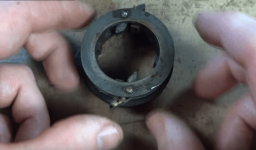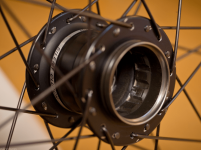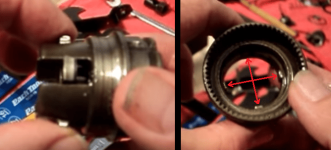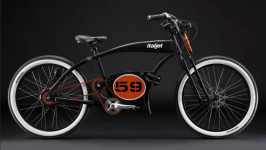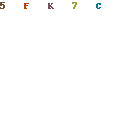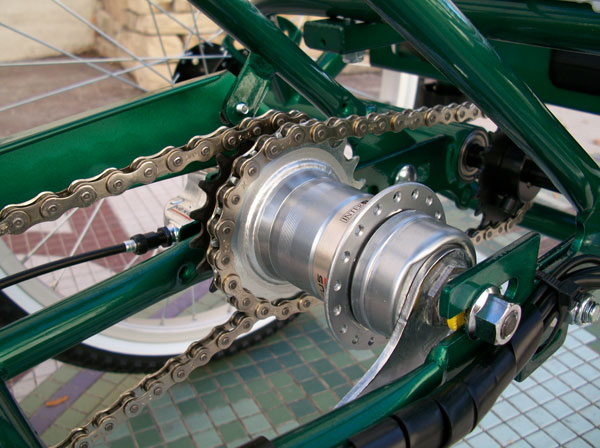LI-ghtcycle
10 MW
I can't speak to the N360 NuVinci Hub, but I have used the original heavier built N171B in this bike:

(link to build in Sig)
With 72V (18s) of 45 - 90c Turnigy Nanotech Lipo, and although cruising I use around 250 - 500W, I climbed a 5% grade hill going 25 MPH + and pulled 1400W continuous for about 1/2 mile with no issues. I haven't weighed the bike, but I know it has to be at least 80-90lbs, I weigh 180 lbs, so pretty impressed with the Cro Motor and Lyen Controller, nothing even gets warm.
I've read where gas bikes are putting crazy amounts of torque to the N171B and things only start slipping at 90 ft/lbs torque with no damage, just darkening the color of the fluid inside, so I imagine that the N360 should still hold up to the average E-Bike, we see them on so many mid-drive "turn key" E-Bikes, I am sure they would hold up to around 500W.

(link to build in Sig)
With 72V (18s) of 45 - 90c Turnigy Nanotech Lipo, and although cruising I use around 250 - 500W, I climbed a 5% grade hill going 25 MPH + and pulled 1400W continuous for about 1/2 mile with no issues. I haven't weighed the bike, but I know it has to be at least 80-90lbs, I weigh 180 lbs, so pretty impressed with the Cro Motor and Lyen Controller, nothing even gets warm.
I've read where gas bikes are putting crazy amounts of torque to the N171B and things only start slipping at 90 ft/lbs torque with no damage, just darkening the color of the fluid inside, so I imagine that the N360 should still hold up to the average E-Bike, we see them on so many mid-drive "turn key" E-Bikes, I am sure they would hold up to around 500W.


